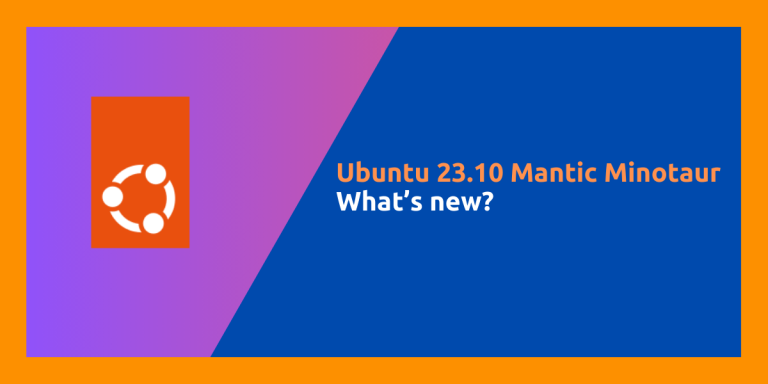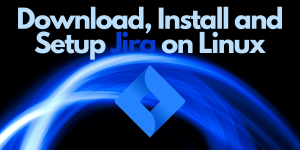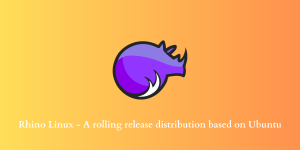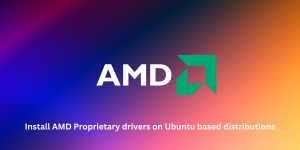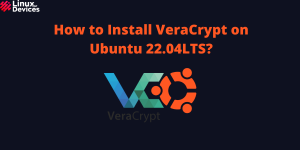Ubuntu is one of the most influential Linux distributions at the current time. Many of the other Linux distributions, such as Pop OS, Linux Mint, Peppermint OS, etc. are based on the release of this Linux distribution, which itself bases itself on Debian Linux’s unstable ‘Sid’ release.
As we all know, Canonical, Ubuntu’s parent company, releases a fresh release of Ubuntu every 6 months, one in April (xx.04 release) which is the LTS or Long Term Support version, and another release in October (xx.10). And the month of October is here!
Ubuntu 23.10, also known as Mantic Minotaur, is the latest release that brings several new features and improvements over its predecessor, Ubuntu 23.04. This release introduces a revamped App Center, enhanced GNOME 45 desktop environment, and Linux Kernel 6.5. It also offers a ‘Minimal’ install mode for a bloat-free installation and adds experimental support for TPM-backed full disk encryption. However, it has some downsides, such as issues with DEB file installations in the new App Center
In this article, we’ll explore the new features, improvements, and potential downsides of the Ubuntu 23.10 release, also known as Mantic Minotaur.
Key Improvements in Ubuntu 23.10
Ubuntu 23.10, codenamed Mantic Minotaur, brings a host of new features and improvements over its predecessor, Ubuntu 23.04. First off, 23.10 ships with the customized GNOME 45 desktop environment, and therefore looks refreshing and modern.
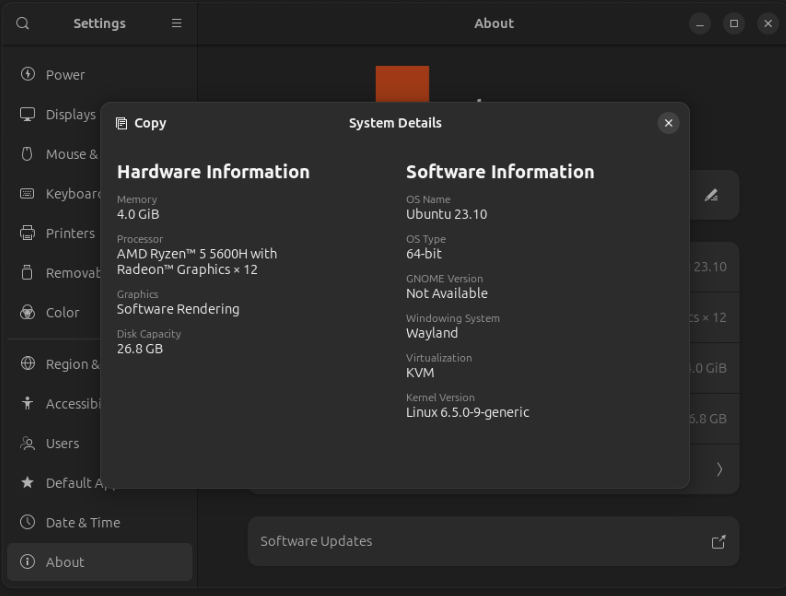
It also ships with the 6.5 Linux kernel, which should add support for various new hardware devices such as GPUs and brand-new CPUs to the OS. The Ubuntu installer introduces a ‘Minimal’ install mode, allowing for a cleaner, bloat-free installation.
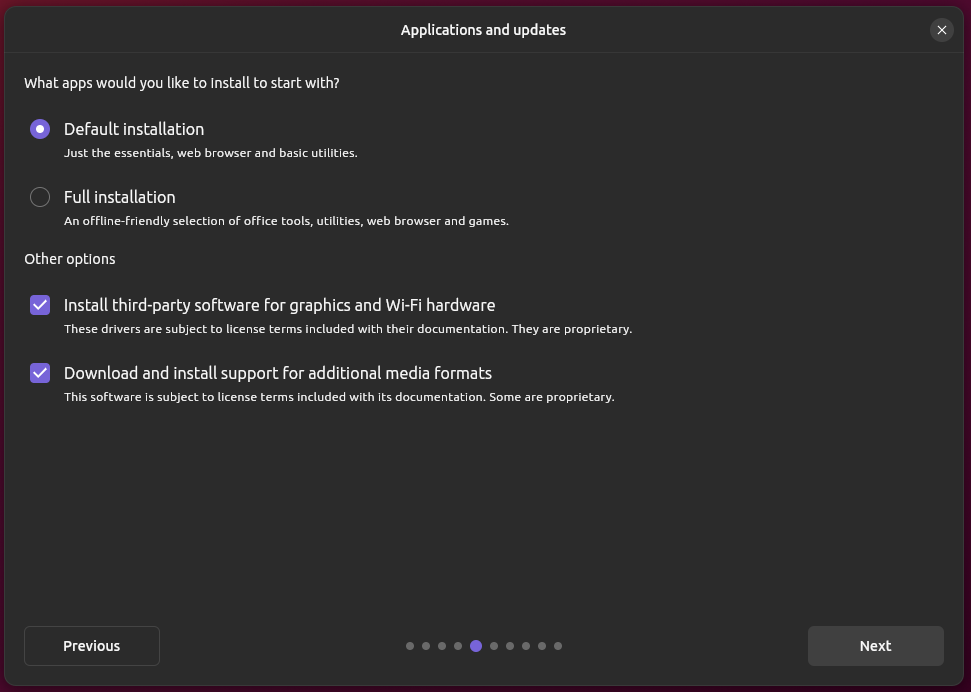
Ubuntu also adds experimental support to the TPM-backed full disk encryption in this release. If you keep your disk encrypted, but you’re tired of having to type a password every time the system boots, then this feature will eliminate that step for you.
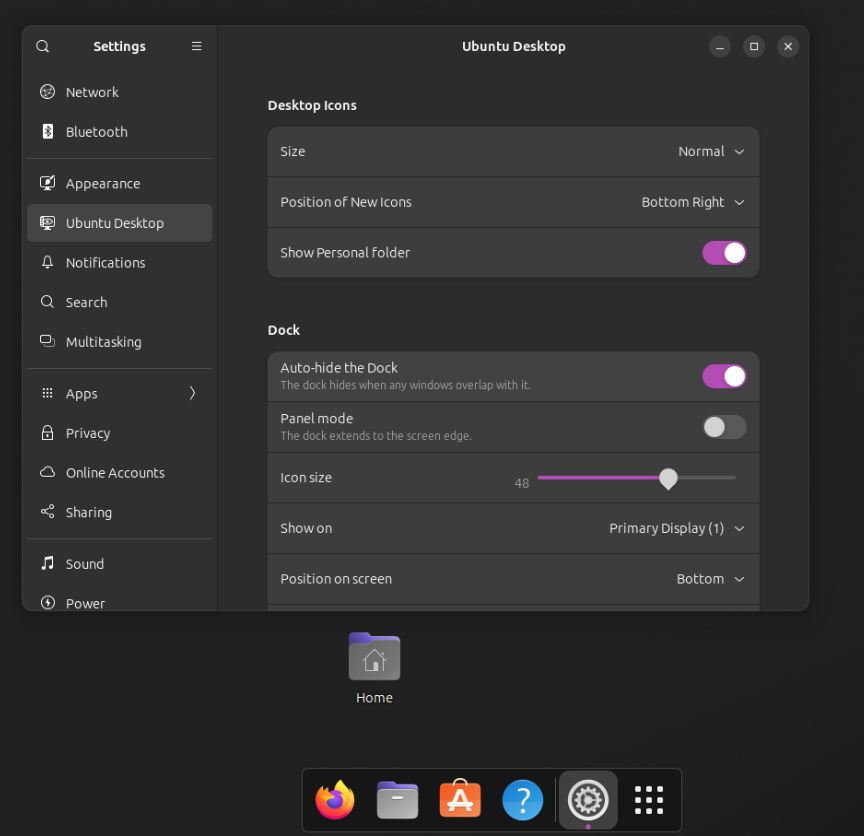
In the ‘GNOME Settings’ application, a new section for ‘Ubuntu Desktop’, which lets you customize the dock/panel position and behavior with a few clicks. This is useful for users, since on Stock GNOME, you will have to use the GNOME Tweaks application and various extensions to customize the dock/panel behavior.
New Features in Ubuntu 23.10
A new Ubuntu application store is present in this release called ‘App Center’ which looks much better (and also opens faster) than the previous version. However, there are concerns in the community about this store being ‘Snap-only’ store. However, that’s not true, but we don’t know for how long this store will keep the support for DEB packages.
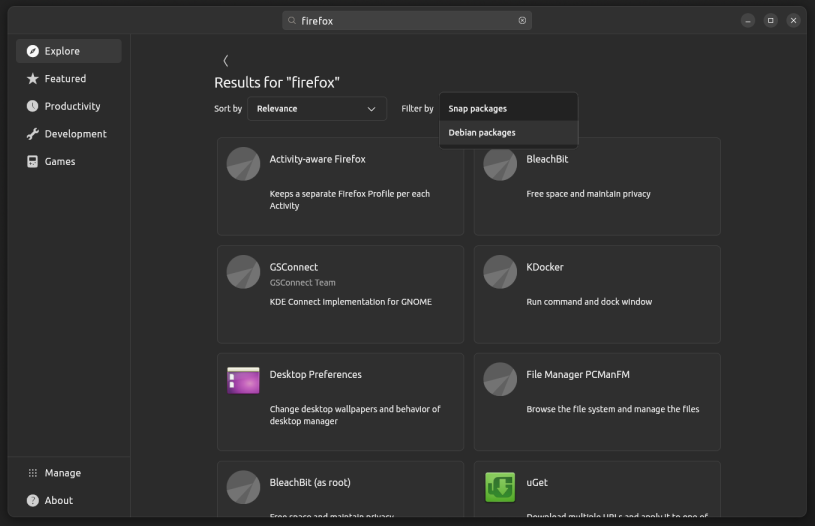
Also, if you search for applications, then this store will search for snap packages only by default. However, you can switch to the ‘Debian packages’ every time you search for something.
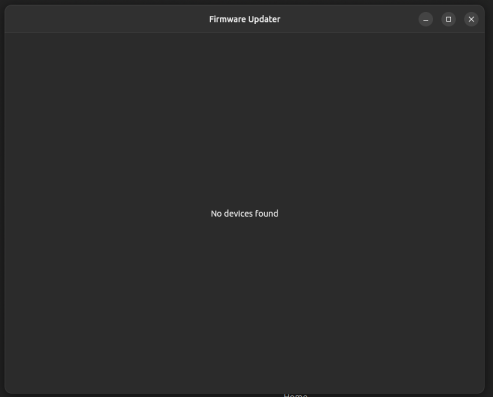
A new firmware updater package is also pre-installed, even if you select the ‘Minimal install’ during the installation packages. This is a front-end to the fwupd CLI firmware updater, and thus will be beneficial for non-technical users to upgrade their firmware.
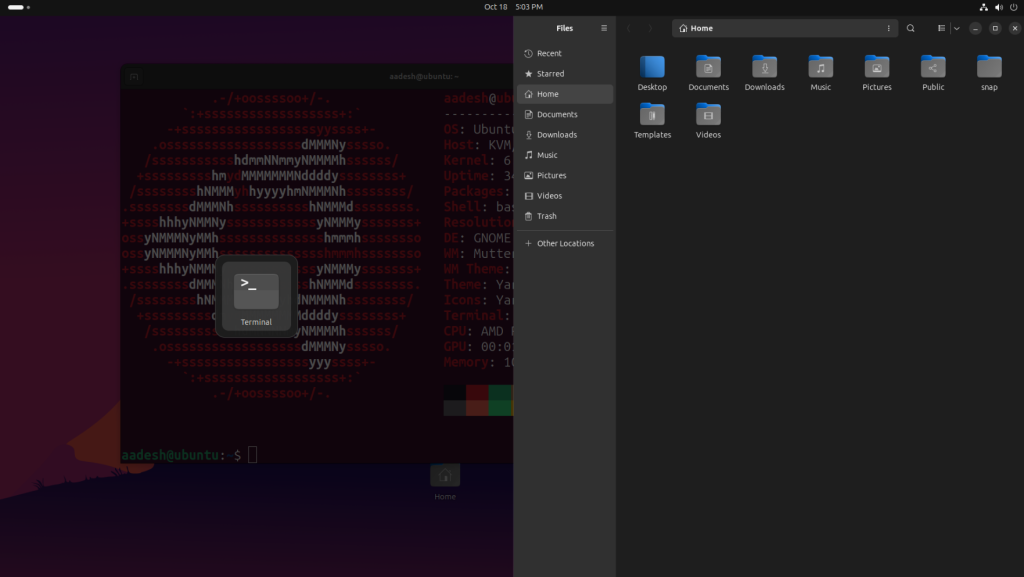
Like Windows 11, Ubuntu will now suggest different application windows if you tile any application to any part of the screen. This is a really helpful feature for people with large monitors, as they don’t have to manually tile every application while using GNOME (unless they use Pop-Shell).
This is more of a GNOME 45 feature, rather than an Ubuntu 23.10 feature, but you can now manage your keyboard backlight directly from the quick settings menu present on the top right of the desktop. Also, you can now open applications running in the background directly from the quick settings menu as well.
Potential Downsides of Upgrading to Ubuntu 23.10
As reported by users, when you double-click on any DEB file in order to install a package locally, the new App Center opens up and is stuck forever on a loading screen. Earlier versions of Ubuntu App Center allowed users to install the DEB files directly. It seems like the developers did not implement this feature properly in the new version of App Center. Let’s hope the developers fix this issue in further updates.
If you do not like Snap applications, you may have noticed that the new app center defaults to the Snap version of a software. This may or may not be a bad thing depending upon your preference of Snaps.
Final Thoughts: Is Ubuntu 23.10 Worth the Upgrade?
If you are using version 23.04 of the Ubuntu release and really want to access the good features which are offered by the GNOME desktop environment, then you should definitely upgrade your system. However, if you are using this distribution in a production environment, then stick with the LTS releases of Ubuntu as they are more stable.
And if you’re looking to switch to Ubuntu from distributions like Linux Mint or Pop-OS, then I’d rather recommend you not to, since these features trickle down to those distributions after a month anyway (apart from the bundled Snap packages). If you always want the latest release of GNOME, then you can try Fedora Workstation, since both the OS and desktop are developed by Red Hat.
References
Official Release notes of Mantic Minotaur

